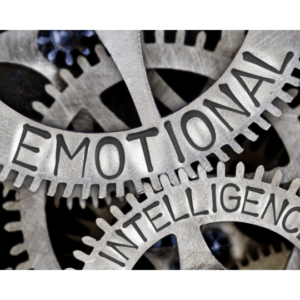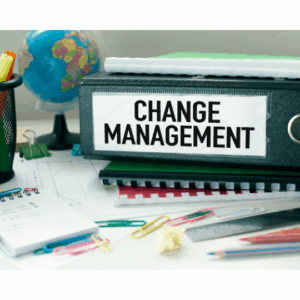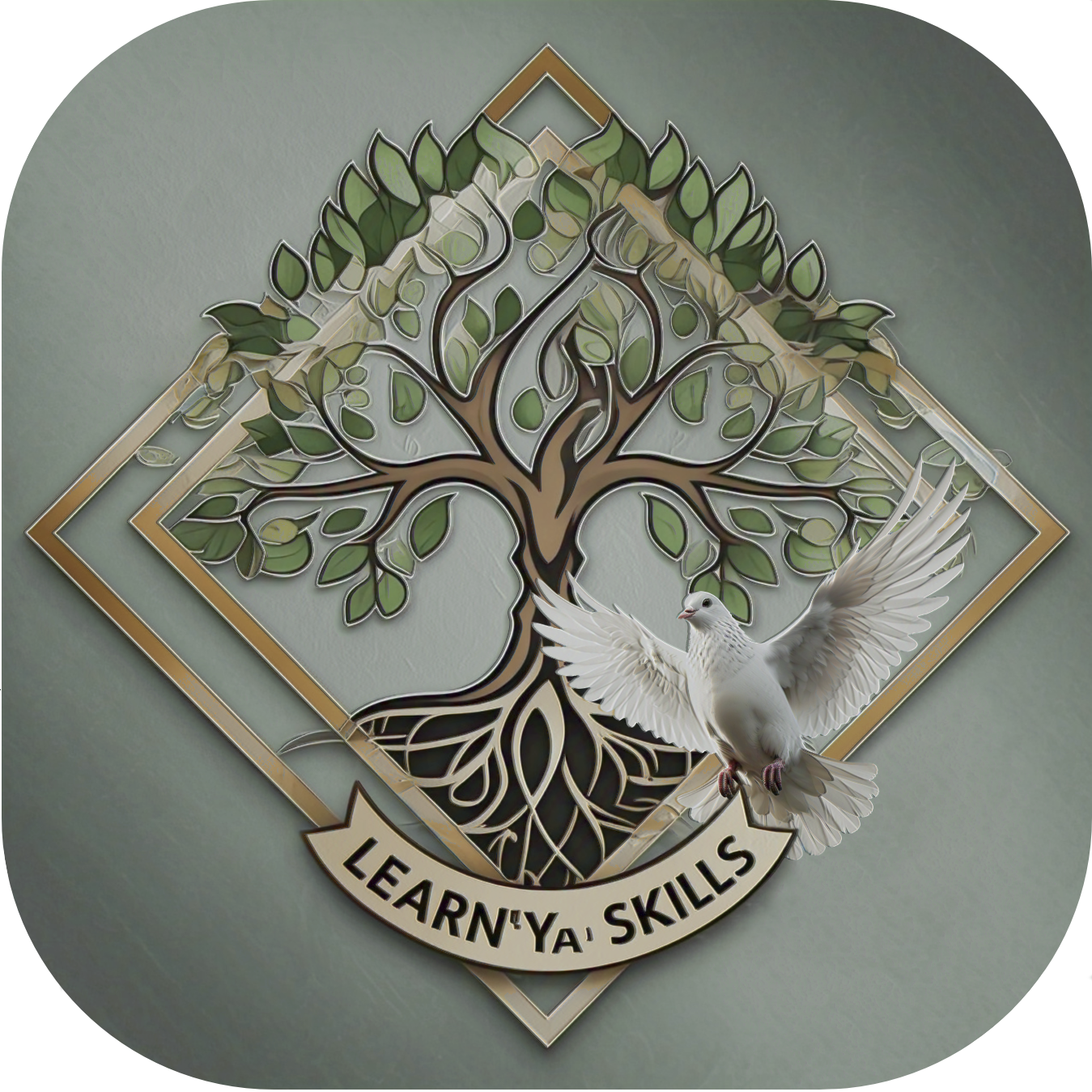Communication Excellence: A Practical Course for Professional Impact
R200
Effective communication is consistently ranked as a critical competency for personal fulfillment and professional advancement. However, common pitfalls such as misunderstandings, ineffective feedback, lack of clarity, poor listening, and misaligned non-verbal cues frequently hinder productivity, damage relationships, create conflict, and limit career growth. This course directly addresses these challenges by providing a structured, practical approach to developing and implementing communication excellence.
Description
Mastering Communication Excellence: A Practical Course for Professional Impact
Purpose
This course equips participants with the foundational knowledge, essential skills, practical techniques, and a systematic implementation framework to achieve communication excellence. The aim is to enable learners to interact more effectively, build stronger personal and professional relationships, deliver messages with clarity and impact, and enhance their overall influence and success.
Rationale
Effective communication is consistently ranked as a critical competency for personal fulfillment and professional advancement. However, common pitfalls such as misunderstandings, ineffective feedback, lack of clarity, poor listening, and misaligned non-verbal cues frequently hinder productivity, damage relationships, create conflict, and limit career growth. This course directly addresses these challenges by providing a structured, practical approach to developing and implementing communication excellence. It moves beyond basic tips to offer concrete skills, proven techniques, and an actionable framework, empowering individuals to navigate complex interactions confidently, build trust, influence positively, and ultimately achieve their goals more effectively in today’s demanding and interconnected world.
Target Audience
This course is designed for professionals at all levels, including individual contributors, team members, managers, leaders, and anyone seeking to enhance their interpersonal effectiveness and communication impact. It is ideal for those who wish to:
- Improve clarity and conciseness in their verbal and written communication.
- Build stronger, more trusting working relationships.
- Deliver constructive and positive feedback more effectively.
- Handle difficult conversations and disagreements with greater confidence.
- Increase their influence and persuasiveness.
- Boost their overall communication confidence and competence in diverse professional settings.
Course Layout
Lesson 1: Definitions and Importance
- Lesson Purpose: To establish a shared understanding of communication excellence, define its core components and related key terms, and underscore its critical importance across personal, professional, and social domains.
- Key Topics Covered:
- Defining Communication and Communication Excellence.
- Understanding Core Concepts: Active Listening, Feedback, Non-Verbal Communication, Barriers to Communication.
- The Critical Importance of Communication Excellence in:
- Personal Development (Self-awareness, Confidence, Relationships).
- Professional Success (Leadership, Teamwork, Productivity, Customer Satisfaction).
- Social and Community Impact.
- Digital Communication Contexts.
- Illustrative Real-World Examples of Communication Excellence (and its absence).
- Introduction to Communication Self-Assessment.
Lesson 2: Key Skills Required
- Lesson Purpose: To equip learners with the four fundamental, actionable skills that form the bedrock of practicing communication excellence effectively in daily interactions.
- Key Topics Covered:
- Developing Active Listening: Practical techniques for full engagement, understanding intent, and demonstrating value to the speaker.
- Mastering Non-Verbal Communication: Building awareness and practicing effective use of body language, facial expressions, gestures, posture, and tone of voice.
- Achieving Clarity and Conciseness: Strategies for delivering easily understood, efficient, and impactful messages, avoiding jargon and ambiguity.
- Cultivating Audience Awareness and Adaptation: Techniques for analyzing audience needs and tailoring communication style, content, and language accordingly.
- Application through Practical Examples, Scenarios, and Skill-Building Exercises.
Lesson 3: Common Techniques for Communication Excellence
- Lesson Purpose: To introduce and provide practical application guidance for five specific, proven techniques that serve as versatile tools for enhancing communication effectiveness in various common scenarios.
- Key Topics Covered:
- The PREP Method: A structure for organizing thoughts for clear and concise arguments or answers (Point, Reason, Example, Point).
- Strategic Active Listening Techniques: Advanced application including intentional paraphrasing, open-ended clarifying questions, summarizing key themes, and empathetic validation.
- The SBIR Feedback Model: A framework for delivering specific, objective, and actionable feedback (Situation, Behavior, Impact, Recommendation/Request).
- Purposeful Storytelling: Leveraging narrative structure to convey information, illustrate points, build connection, and persuade effectively.
- Strategic Nonverbal Communication: Consciously using and interpreting nonverbal cues, including the technique of mirroring, to build rapport and enhance presence.
- Reflective and Practical Application Exercises for Technique Mastery.
Lesson 4: Step-by-Step Guide to Implementing Communication Excellence
- Lesson Purpose: To provide a comprehensive, actionable framework and detailed step-by-step guide for consciously and consistently implementing communication excellence principles, skills, and techniques into daily interactions.
- Key Topics Covered:
- The 3-Phase Implementation Framework: Prepare, Engage, Reflect.
- Phase 1 (Preparation & Mindset): Defining objectives, adopting a learning mindset, audience/context analysis, strategic message preparation, anticipating challenges, rehearsal (including non-verbals).
- Phase 2 (Engagement): Leading with active listening and empathy, communicating with clarity/conciseness/impact, mastering non-verbal delivery, assertive and respectful expression, fostering dialogue, handling feedback/disagreement constructively.
- Phase 3 (Reflection & Continuous Improvement): Conducting post-interaction reviews, identifying specific learning points, planning for future application.
- Summary of Key Tips and Best Practices for Implementation.
- Addressing Potential Challenges and Mitigation Strategies.
- Practical Application Exercise: The Daily Communication Excellence Cycle for embedding the framework.






